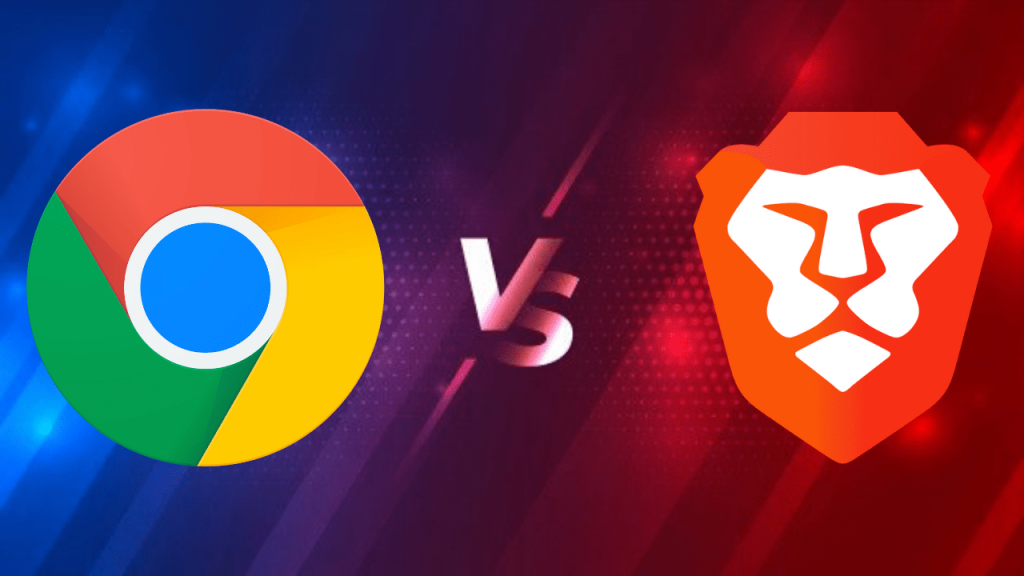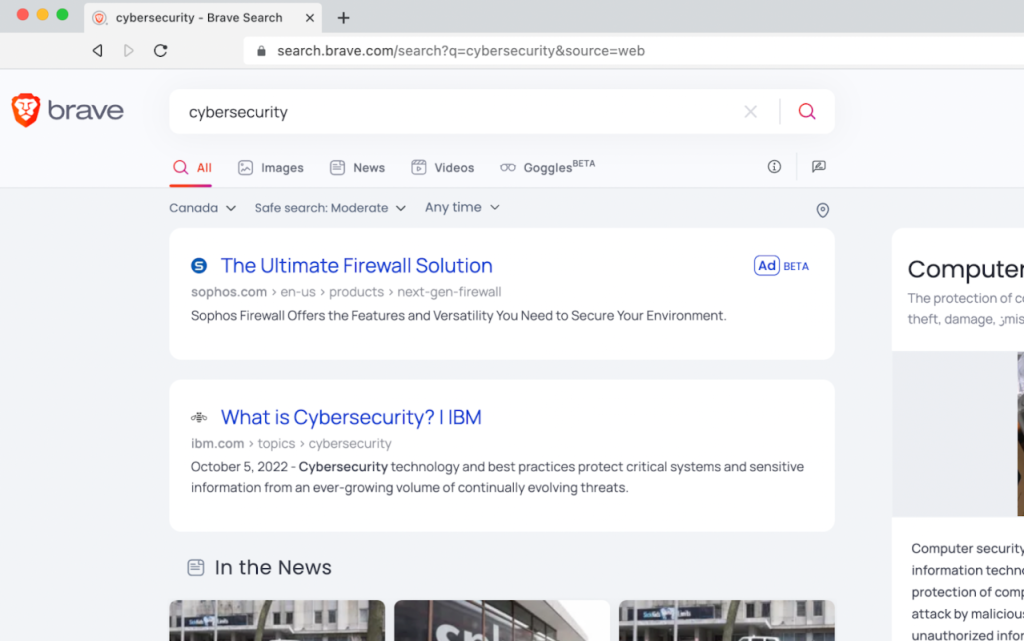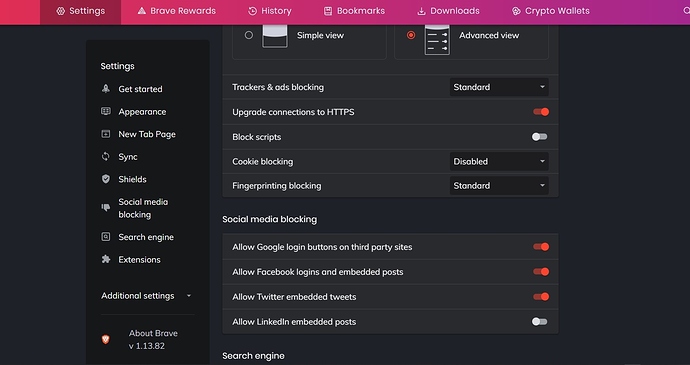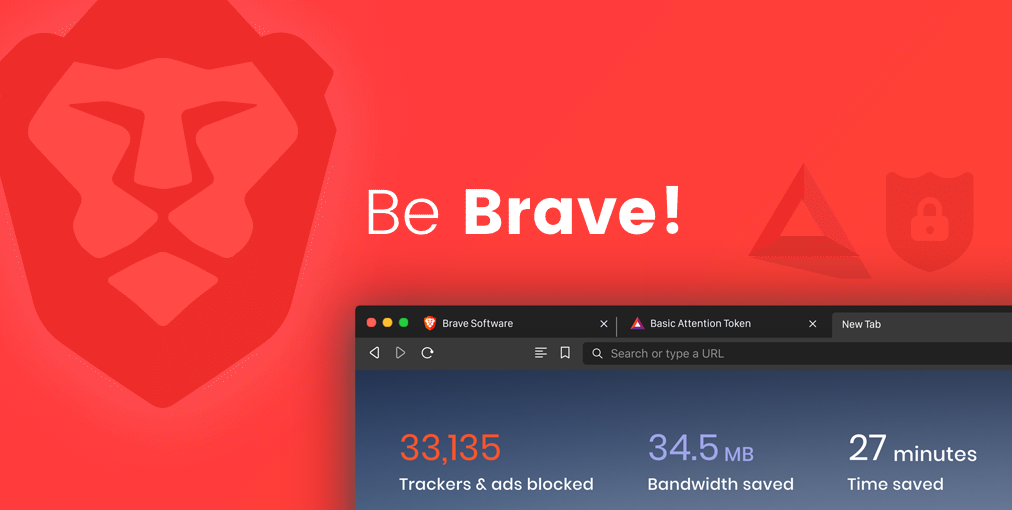In the digital age, the world revolves around the internet, with web browsers serving as our primary tool for accessing this boundless cyberspace. Yet, amidst giants like Google Chrome and Mozilla Firefox, one contender stands out for its unique approach to privacy and ad-blocking: Brave Browser. Brave isn’t just another replica in the ocean of web browsers.
It’s a browser designed with a deep consciousness towards user privacy and a novel approach to ad viewing that aims to strike a balance between user convenience, privacy protection and advertisers’ interests. It’s a fresh perspective on how we perceive and interact with the online world.
Defining Brave Browser: The Vanguard of Privacy
The Brave browser is an open-source web browser based on Chromium —the same project that powers Google Chrome— but it’s far from being just another Chrome clone. Brave is designed on fundamental principles that prioritize user privacy above all else by blocking intrusive ads and trackers right out of the box.
This not only keeps users’ information secure but also significantly speeds up webpage loading times. But it doesn’t stop there.
Where other browsers generate revenue through ads at the expense of your browsing experience, Brave introduces an innovative platform where you can opt in to view privacy-respecting ads in exchange for Basic Attention Tokens (BAT). These tokens are a form of cryptocurrency which you can use to support your favorite content creators or websites.

A Brief History: The Birth of A Revolutionary Concept
The conception sparkled from two pioneers – Brendan Eich (co-founder of Mozilla Firefox and creator of JavaScript) launched Brave Software Inc., releasing an initial version of Brave in January 2016 with partner Brian Bondy (formerly worked at Khan Academy). Their shared vision was creating an Internet browser that could maintain user privacy while creating a sustainable advertising model. The pathway wasn’t smooth.
Brave faced criticism, mainly from publishers who feared the loss of ad revenue. However, this didn’t stop Brave; they pushed forward and found novel ways to balance user privacy with necessary economics.
This tenacity has seen it grow rapidly, with over 25 million active users as of February 2021. Today, Brave stands as a compelling testament to the power of innovation in technology and a beacon for internet privacy.
Understanding the Concept of Brave Browser: A Beacon of Change
At its core, Brave is a web browser. However, it is radically different from its contemporaries like Chrome, Firefox or Safari.
Conceived by Brendan Eich, co-founder of Mozilla and creator of JavaScript, this innovative platform strives to revolutionize the way we interact with the internet. The underlying philosophy of Brave stems from an ardent belief in privacy and respect for user data.
In an age where online surveillance and data breaches are rampant, the creators envisioned a platform that puts user privacy at the forefront while providing a clean browsing experience. This philosophy is deeply etched into the design and functionality of Brave, distinguishing it from its competitors.
Key Features & Benefits: The Brave New World
Meticulously crafted to bolster privacy protection measures, one of Brave’s primary benefits lies in its ability to block third-party ads and trackers by default. This ensures that users’ browsing activities remain private and are not shared with advertisers without their explicit consent. Brave’s ad-blocking capability translates into a faster browsing experience as well.
Without ads eating up bandwidth or slowing down page loading times, websites load significantly faster on Brave compared to other browsers. This highlights another key feature – speed and performance – which makes it an efficient choice for users with stringent time constraints or limited internet bandwidth.
Rewards System: Reimagining Online Advertising
In addition to privacy protection and performance enhancements, ‘Brave Rewards’ heralds a new advertising model that financially compensates voluntary attention towards ads via Basic Attention Tokens (BAT). Through this system, users can opt-in to view privacy-friendly ads in exchange for BAT tokens which they can then use to support content creators they fancy through micro-donations.
This innovative approach not only disrupts the traditional, intrusive advertising model but also fosters a more equitable internet ecosystem where users are rewarded for their attention and publishers receive a fair share of ad revenue. This novel paradigm captures the essence of Brave’s philosophy – to prioritize user privacy and agency while creating a sustainable, mutually beneficial web experience.

Deep Dive into the Technology Behind Brave Browser
An Intricate Dance: The Role of Blockchain in Brave’s Operation
As a visionary browser, Brave leverages blockchain technology to make its unique ecosystem possible. Blockchain, primarily known as the technology underpinning cryptocurrencies like Bitcoin, serves as a digital ledger for recording transactions across many computers.
In the context of Brave browser, it forms the foundation of their rewards system. This decentralized method ensures transparency and fairness while eliminating intermediaries.
The blockchain-based rewards system doesn’t merely provide an alternative means of Internet economy; it revolutionizes user interactions with advertisements and content creators. Through this integration, Brave offers a privacy-focused browsing experience that values and rewards users’ attention.
Deciphering Basic Attention Token (BAT)
At the heart of this novel approach lies BAT or Basic Attention Token – a unit of account between advertisers, publishers and users in token form on the Ethereum blockchain. The economics behind BAT is straightforward yet significant.
It encourages user interaction by monetizing attention – something that’s often exploited freely by conventional advertising models. Users earn BAT tokens by engaging with ads or direct contributions from other users.
These tokens can be used to support their favorite websites or content creators who are also part of this ecosystem. For publishers and advertisers, BAT provides precise data insights without compromising user data privacy – creating sustainably beneficial relationships across all parties.
Comparing Brave with Other Browsers
A Race for Supremacy: Performance Comparison with Chrome, Firefox et al.
Brave’s performance advantage over mainstream browsers like Chrome and Firefox becomes apparent when considering load speed and resource consumption. Extensive comparison tests have shown that web pages load two to eight times faster on Brave due to its ad-blocking capabilities thus making browsing smoother even on lower-end hardware configurations.
Moreover, unlike traditional browsers that consume significant memory and CPU usage, Brave’s streamlined operation ensures less strain on PC resources. The result is a browser that doesn’t slow your computer down even with multiple tabs open.

Guarding Your Secrets: Privacy Comparison with Other Browsers
In the realm of privacy, Brave simply outclasses its competitors. It blocks third-party trackers, auto-plays and invasive ads by default, ensuring your online activities remain confidential and untracked. Comparatively, other browsers may offer similar features but they often require extensive manual tweaking or additional plugins to achieve the same level of protection.
Mastering the Brave Browser
Getting Started: Downloading and Installing
Downloading and installing the Brave browser is as straightforward as any other browser. It’s available on all major platforms including Windows, macOS, Android, and iOS. After downloading from the official website or app stores on mobile devices, installation is a breeze following standard procedures for each platform.
Your Digital Compass: Navigating Through The User Interface
Upon launching Brave for the first time, users will be greeted by an intuitive interface that marries simplicity with functionality. Although it shares similarities with Chrome due to its Chromium base – hence presenting a mild learning curve to new users – it incorporates unique elements like BAT wallet integration.

Criticisms And Controversies Surrounding The Brave Browser
The Thorns Amongst Roses:
Despite its innovative approach towards browsing privacy and ad-blocking features, some criticisms have been raised against Brave browser over time. One such controversy involved automatic redirecting of certain crypto addresses to affiliate links without user’s consent in 2020 which was later rectified. In addition to this incident are concerns about their business model surrounding BAT tokens distribution which has been accused of lacking transparency.
Future Prospects For The Brave Browser
A Bright Horizon: Trends and Updates
The focus of Internet users is increasingly shifting towards privacy-conscious browsing habits. As this trend continues, browsers like Brave that prioritize user privacy will likely gain more traction.
With a robust feature-set and an actively expanding ecosystem, Brave has an impressive roadmap ahead. Upcoming enhancements such as the introduction of decentralized VPN services and further optimization for speed are set to make the browser even more enticing to prospective users.
The Impact Of Using A Privacy-Centric Browser Like Brave On Internet Culture
Changing Tides: Privacy-Conscious Browsing Habits
The rise of Brave marks a significant shift towards privacy-conscious internet culture where user data is respected rather than exploited. By transforming the conventional ad-interactive model, it’s making waves, encouraging other platforms to consider adopting similar processes.
Ripple Effects: Online Advertising Models Reimagined
With its BAT system, Brave is ushering in a new era where online advertising models could be reimagined with more emphasis on user consent and reward for interaction. This could signify a move away from invasive advertising practices towards more respectful models that value user attention.
